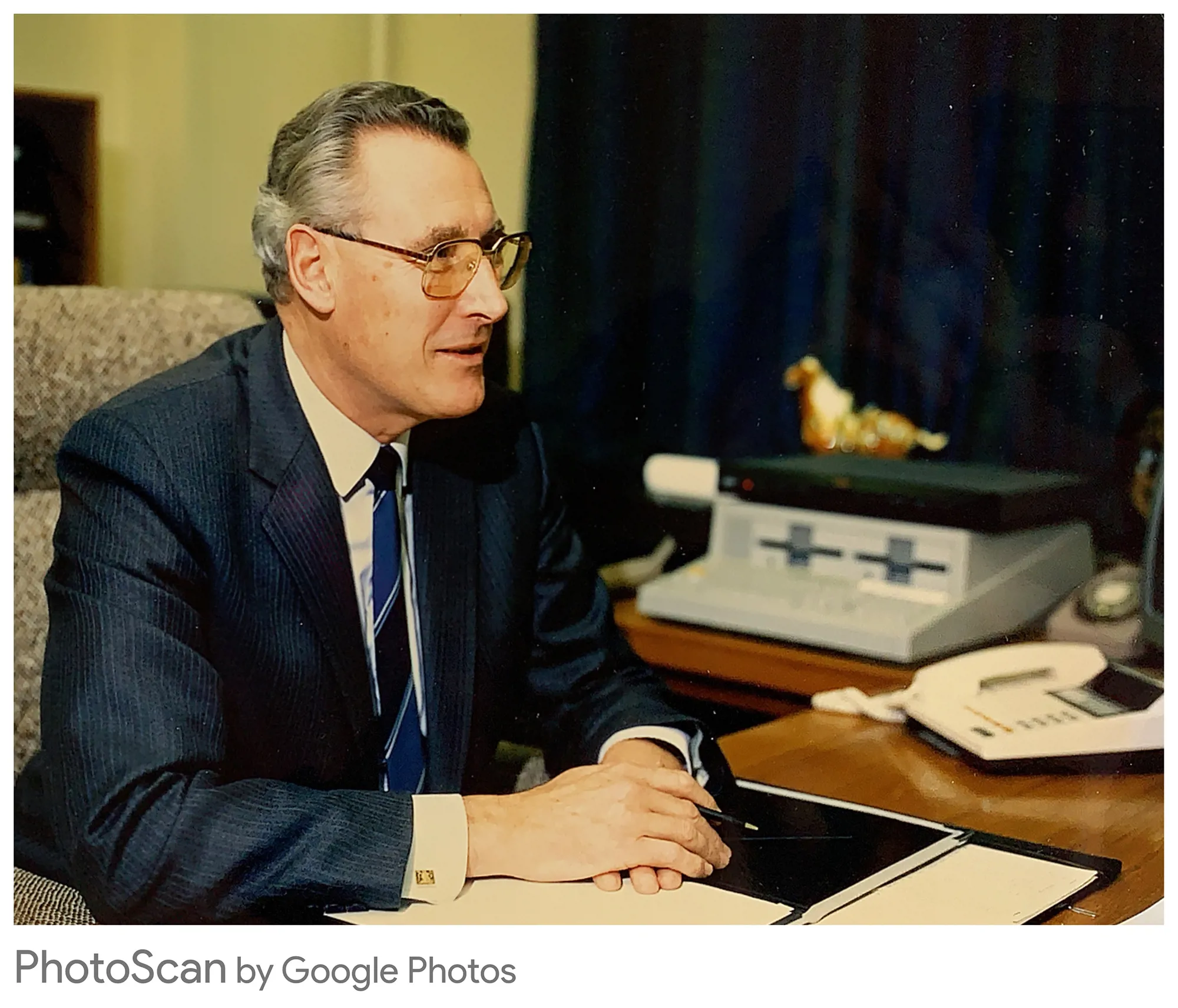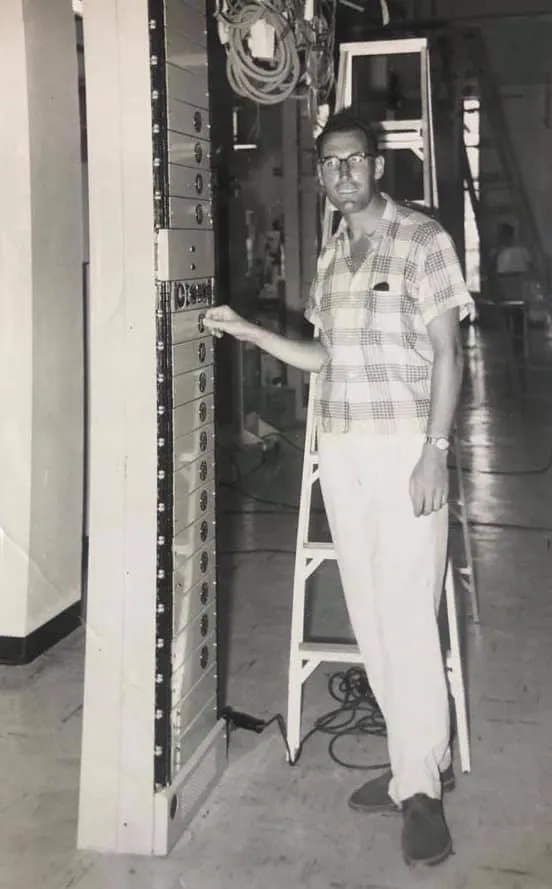Graham Higgs MIET, 8 April 1927 – 11 February 2020
Published: Mon 30 Mar 2020
Published: Mon 30 Mar 2020
An innovator in the field of transmission planning, Graham Higgs will be greatly remembered for his pioneer spirit and outstanding contribution to telecommunications history. One of our longest-serving members, Graham joined the IET in 1964.
Since beginning his telecoms engineering career at the General Post Office (then later BT) in 1943 at the age of 16, Graham played a significant part in many important industry projects. The first highlight was his key role in installing the first transatlantic submarine telephone cable, TAT-1, between the UK and North America; an exceptional milestone in the history of international communications. Many years later, his daughter, Sarah, ended up working on TAT-9!

His unique expertise was always valued, especially with his involvement in pioneering offshore optical fibre submarine cable projects to the Channel Islands, Eire and the Isle of Man. At the time, this was expected to be the world’s largest regenerated under water optical fibre link in commercial service.

From 1966 to 1971, Graham took up a secondment at SHAPE (Supreme Headquarters Allied Powers Europe) in Belgium for NATO’s Allied Command Operations. Moving to Belgium for the role, his wife Annie and three daughters, Alison, Sarah and Fran joined him. Their time in Belgium is fondly remembered, particularly as Graham’s son Andy was also born there.
After receiving his Certificate of Appreciation from NATO at the end of his tenure, the Higgs family moved back to the UK in 1972. It wasn’t long before Graham was travelling to his next project; this time on a two-year secondment to Libya as part of the newly created Telconsult division, to work on the Tripoli to Benghazi submarine cable. However, what should have been a routine flight from Tripoli to Benghazi took a dramatic turn of events when the plane Graham shared with three other engineers was hijacked. As reported in the Courier in 1976, after the plane had landed in Majorca, the hijacker (who was trying to avoid national service) emerged from the flight deck and was escorted away by two ground officials. Luckily, the crew and engineers were safely transported to their original destination of Benghazi as intended.
Towards the end of his BT career in the late 1980s, Graham became the head of the Trunk Systems Planning Division (TSP2) in National Networks. Leading the modernisation of the entire UK trunk telephone network, Graham and his team were instrumental in the nation’s transition from analogue to digital technology.
After an extraordinary and varied career, Graham retired from BT in 1987 aged 60. Yet the prospect of retirement didn’t hold back his entrepreneurial drive; for a further 5 years, Graham worked as a consultant before finally retiring for good in 1992.
He is survived by his wife, four children, six grandchildren and one great-grandchild and will be greatly missed.